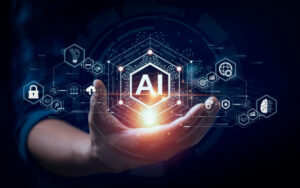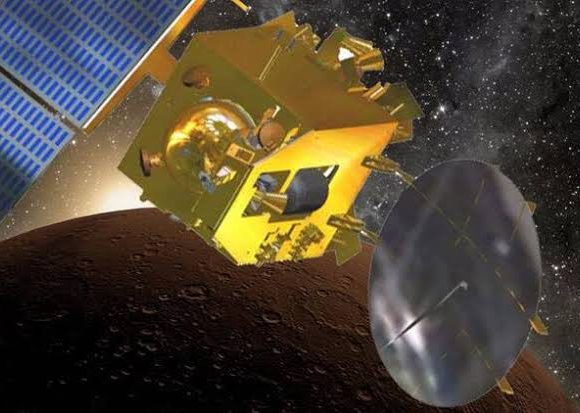The Other Side of AI

V P Nandakumar,
MD & CEO of Manappuram Finance Ltd
Generative Artificial Intelligence is billed as the mother of all disruptions of this century. But a nuanced reading of the global labour market trends by the researchers at the World Economic Forum (WEF) and other centres of excellence suggest that the unfolding AI revolution is playing out as a net job creator than destroyer
That `the robots are coming for your jobs’ is the usual lament by the alarmists, whenever a new technology unfolds. It was the case with steam engines to washing machines to personal computers to the Internet. And, as the digital revolution ushered in by the generative artificial intelligence is playing out at a global scale, the alarmists are once again on an overdrive with scary stories of how the evolving technology will change the workplace with machines replacing men in their work, and roles.
While there is no denying the fact that the evolving AI revolution will indeed redefine the workplaces by re-inventing roles, the argument that the new technology will make human beings near redundant is a misnomer. This has been made loud and clear by researchers at various multilateral bodies by doing on-the-ground empirical research. In this regard, reproducing some of the key findings of the Future of Jobs Report – 2023 published by the World Economic Forum (WEF) will prove to be an eye-opener for many. It also has lessons for India to learn since the country is ranked by the United Nations (UN) as the most populous country in the world with young and working age population forming the bulk of the population pyramid.

This, in my view, is quite important since a clear understanding of the tectonic shift in technological applications will serve as an enabler for the nation to reach the ‘demographic dividend’ stemming from the evolving population profile. Demographic dividend refers to the incremental growth in an economy coming from a change in the age structure of a country’s population brought in by a decline in both fertility and mortality rates.
According to the WEF report, the largest job creation and destruction effects come from environmental, technology and economic trends. Among the macrotrends listed, the report predicts the strongest net job-creation effect to be driven by investments that facilitate the green transition of businesses, the broader application of ESG standards and supply chains becoming more localised, albeit with job growth offset by partial job displacement in each case. Climate change adaptation and the demographic dividend in developing and emerging economies also rate high as net job creators.
Technological advancement through increased adoption of new and frontier technologies and increased digital access is expected to drive job growth in more than half of the surveyed companies. The net job creation effect places these two trends in 6th and 8th place respectively. Notably, the three key drivers of expected net job destruction are slower economic growth, supply shortages and the rising cost of inputs, and the rising cost of living for consumers. The impact of most technologies on jobs is expected to be a net positive over the next five years.

There are no two opinions about the fact that generative AI is indeed the new elephant in the room for almost every industry, stirring talks about massive replacement of humans by this still evolving technology. However, the one flaw in the argument is that there is no empirical evidence to show that there is any massive replacement of humans by robots in any segment. Moreover, AI is also expensive, both to develop and to run. Estimates show the costs of using large language models to answer a question can be as much as $14 per query, compared with $6 via a human, according to Lewis Z. Liu, founder and CEO at Eigen Technologies, a leading provider of AI enabled templates. That is because of the extensive cloud computing costs associated with dealing with complex financial and other documents.
Going back to the beginning, that the machines are coming for your job is a mere statement without any substance. Therefore, the future of jobs for humans looks bright, at least for the time being.
Pic Courtesy: google/ images are subject to copyright








